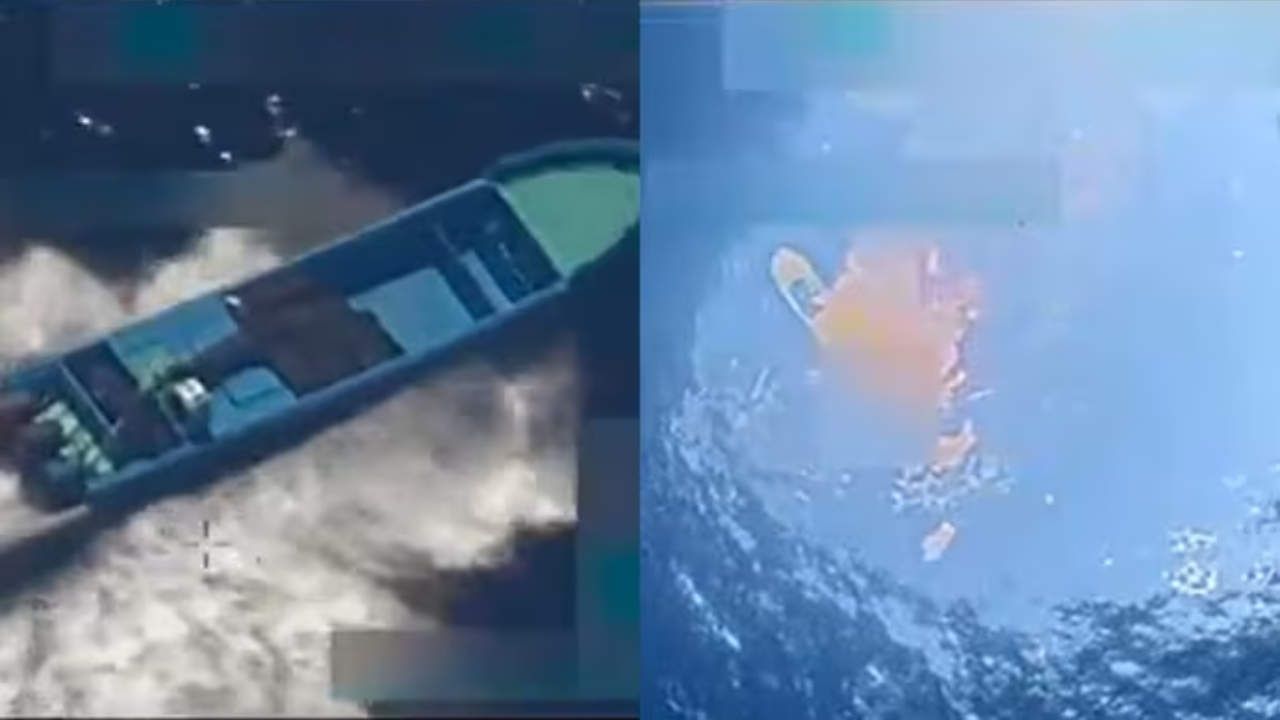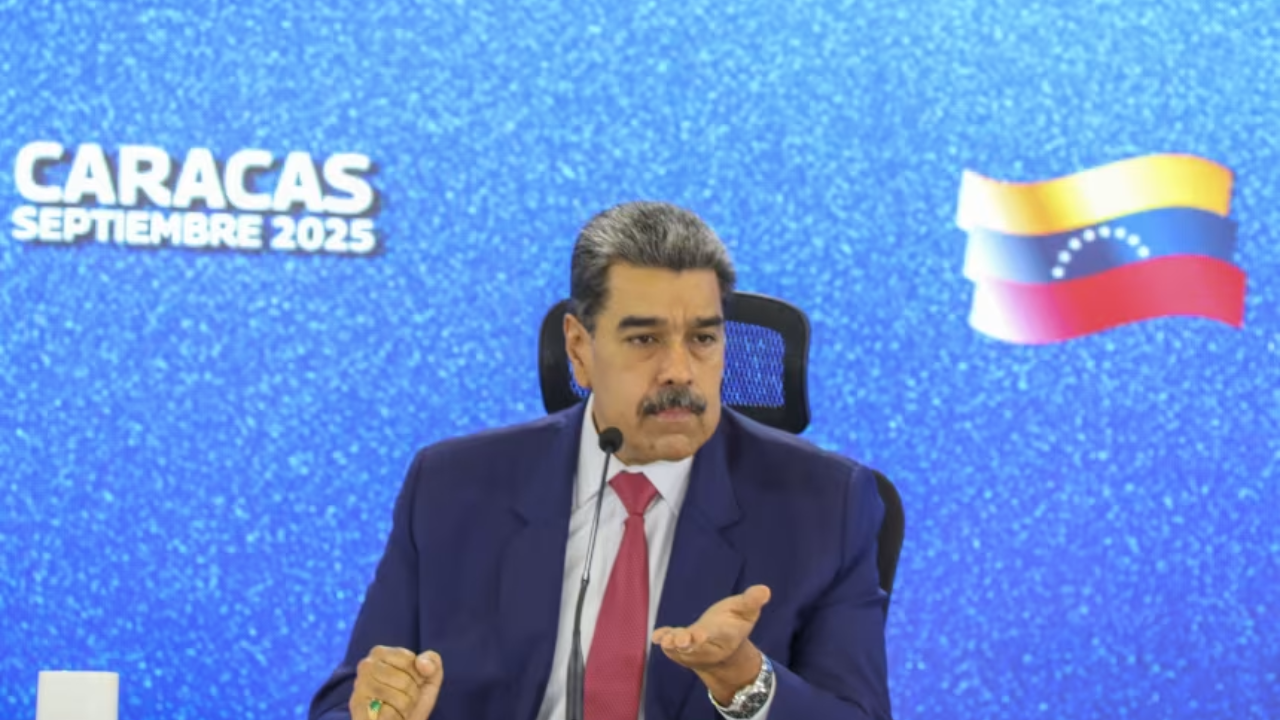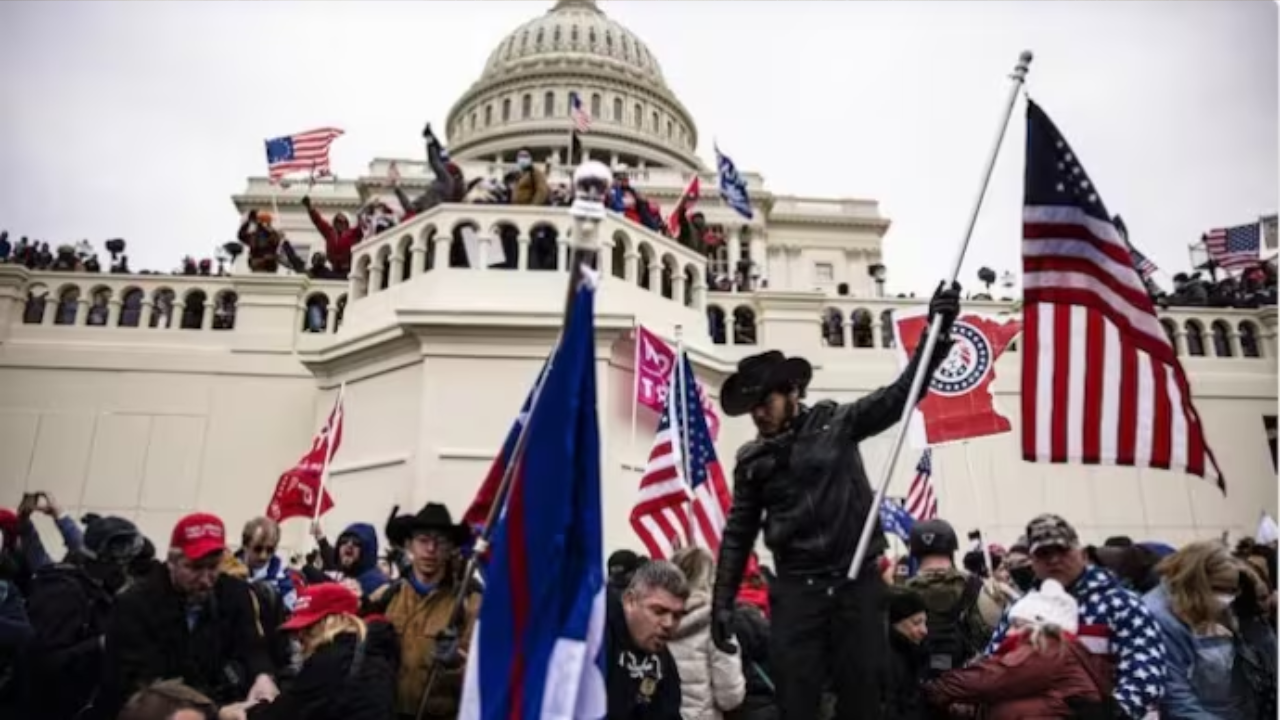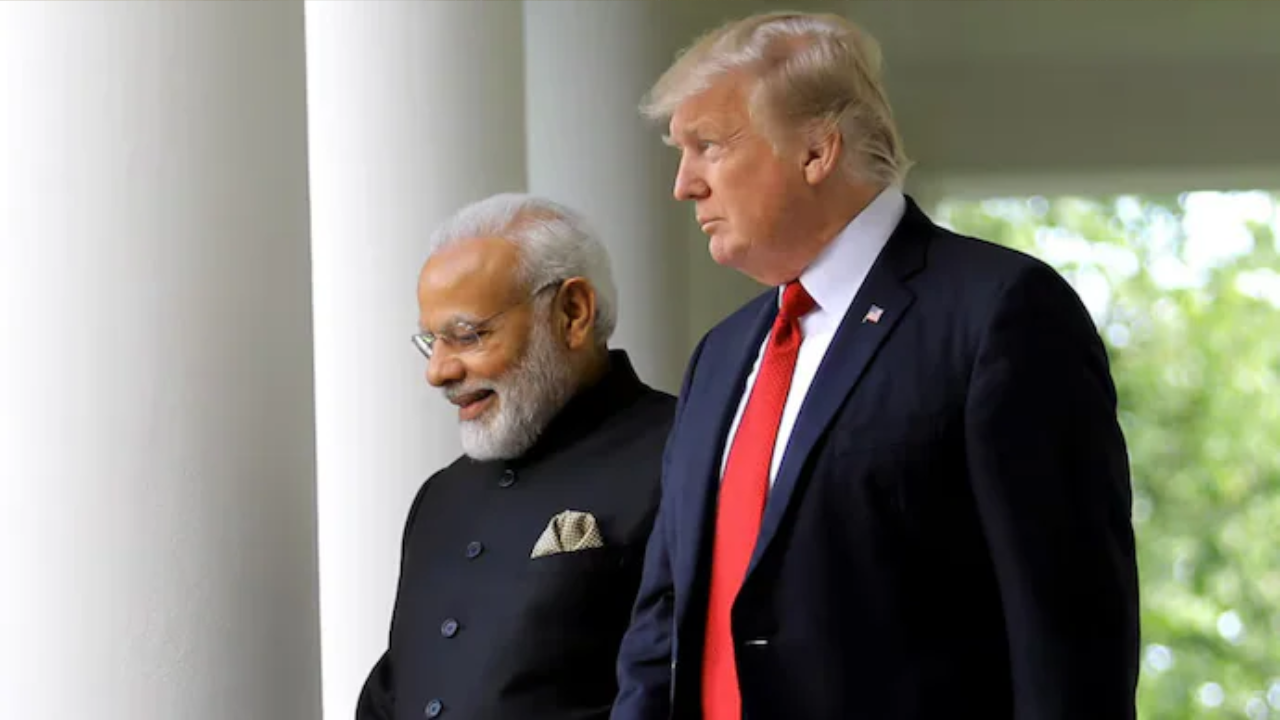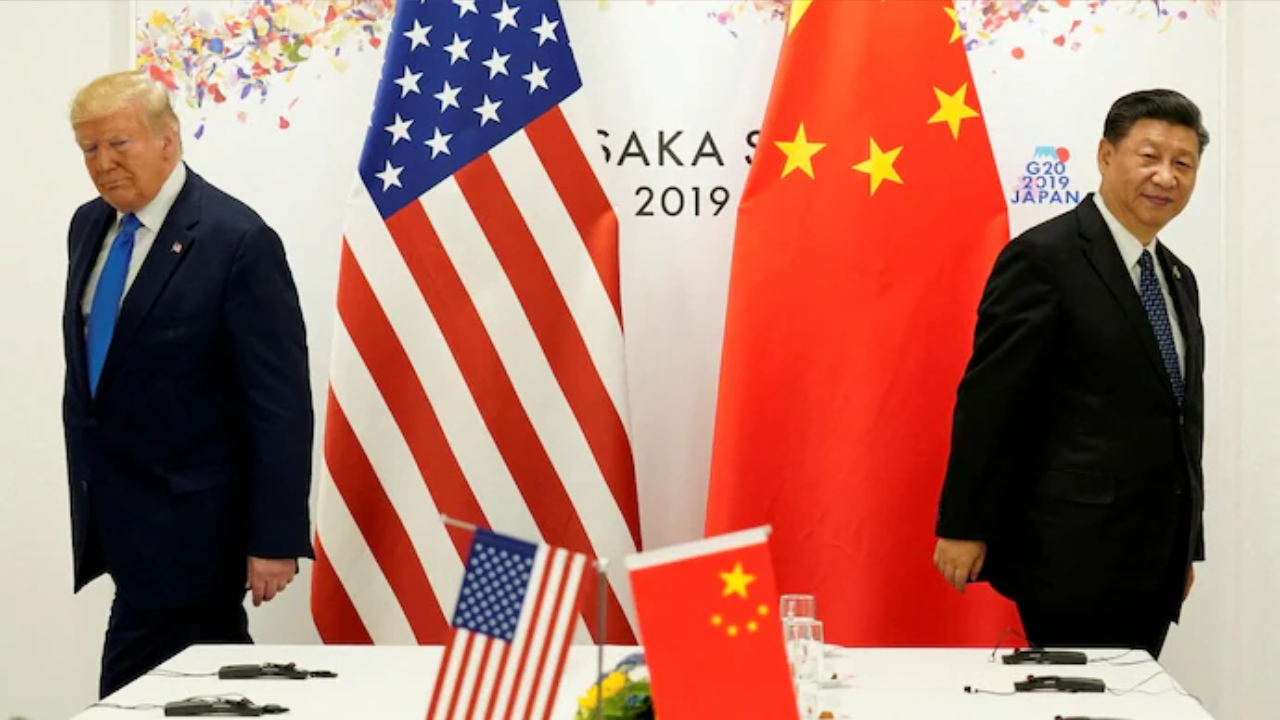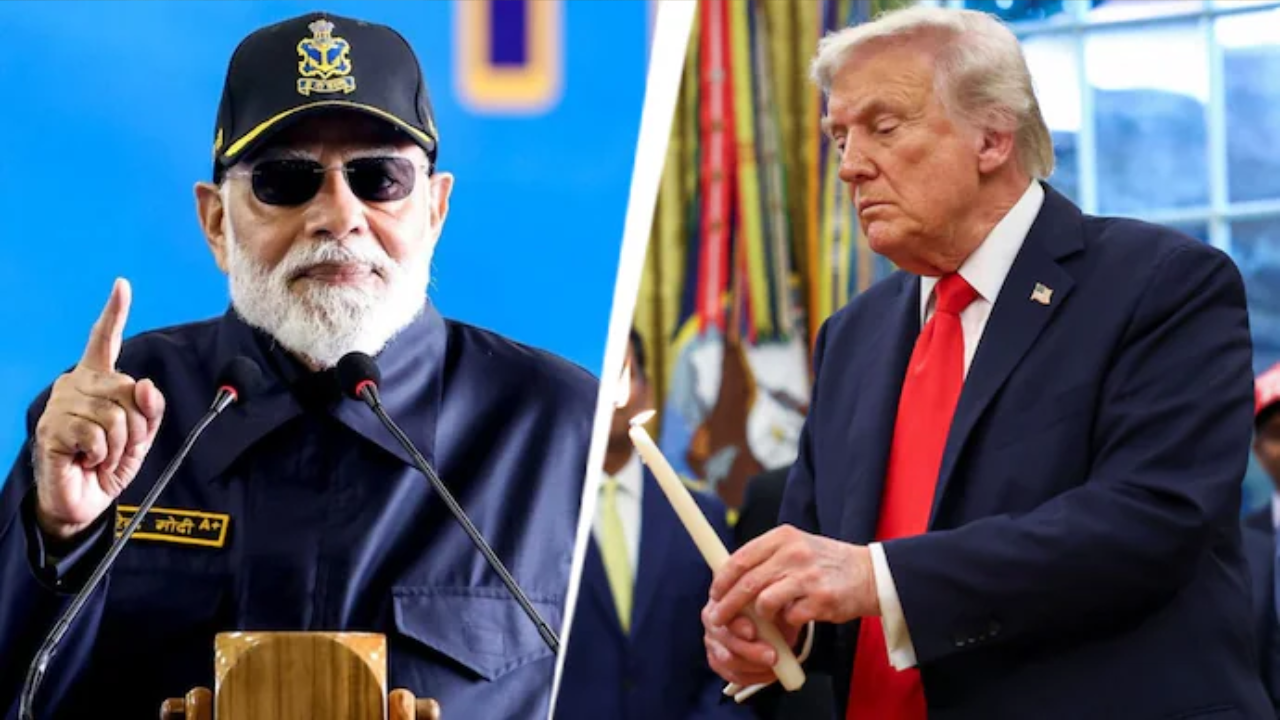The US military has expanded President Donald Trump’s anti-narcotics campaign into the Pacific, carrying out a strike on a suspected drug vessel in the Eastern Pacific Ocean that killed three people.
Defence Secretary Pete Hegseth confirmed the operation, calling it the eighth such strike under the renewed campaign and the first known lethal strike in the Pacific, as the seven previous attacks had focused on the Caribbean.
In a post on X, Hegseth confirmed the details:
- The Department of War conducted a “lethal kinetic strike” at the direction of the President.
- The target was a vessel operated by a “Designated Terrorist Organization” and involved in narco-trafficking along a known route.
- The three individuals aboard, whom he called “narco-terrorists,” were killed, and no US forces were harmed.
- A dramatic video shared showed the small boat, laden with brown packages, erupting in flames after being hit in international waters.
Justifying the Use of Force
The administration is framing the fight against drug cartels as a “war on terror.” Hegseth explicitly compared the threat, stating, “Just as Al Qaeda waged war on our homeland, these cartels are waging war on our border and our people.”
To justify the military action, President Trump is asserting that the US is in an “armed conflict” with drug cartels and has proclaimed the criminal organizations as unlawful combatants. This relies on the same legal authority used by the George W. Bush administration for the post-9/11 war on terror.
Since the military offensive began earlier this year, at least 34 people have been killed in strikes targeting suspected vessels. The expansion into the Pacific is notable, as roughly 75% of Colombia’s cocaine is smuggled through the Eastern Pacific Ocean.
The campaign is aimed at stopping the flow of narcotics, though most US overdose deaths are attributed to fentanyl primarily transported over land from Mexico.
